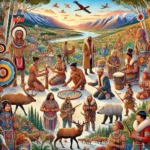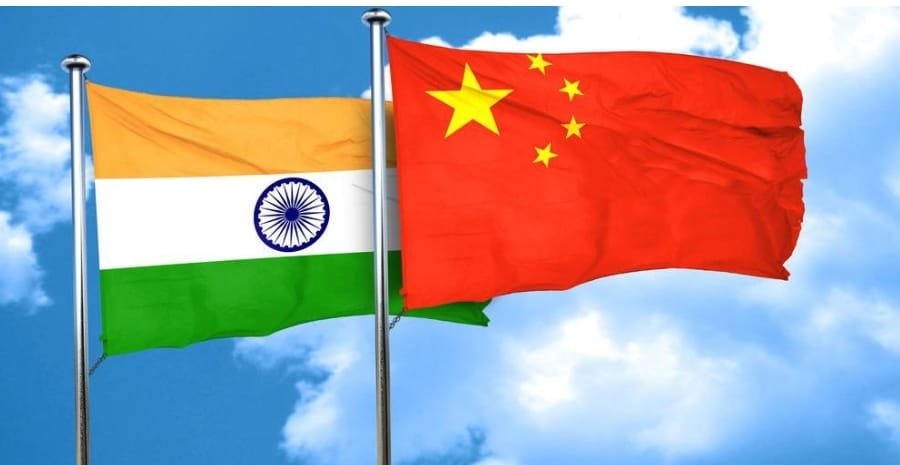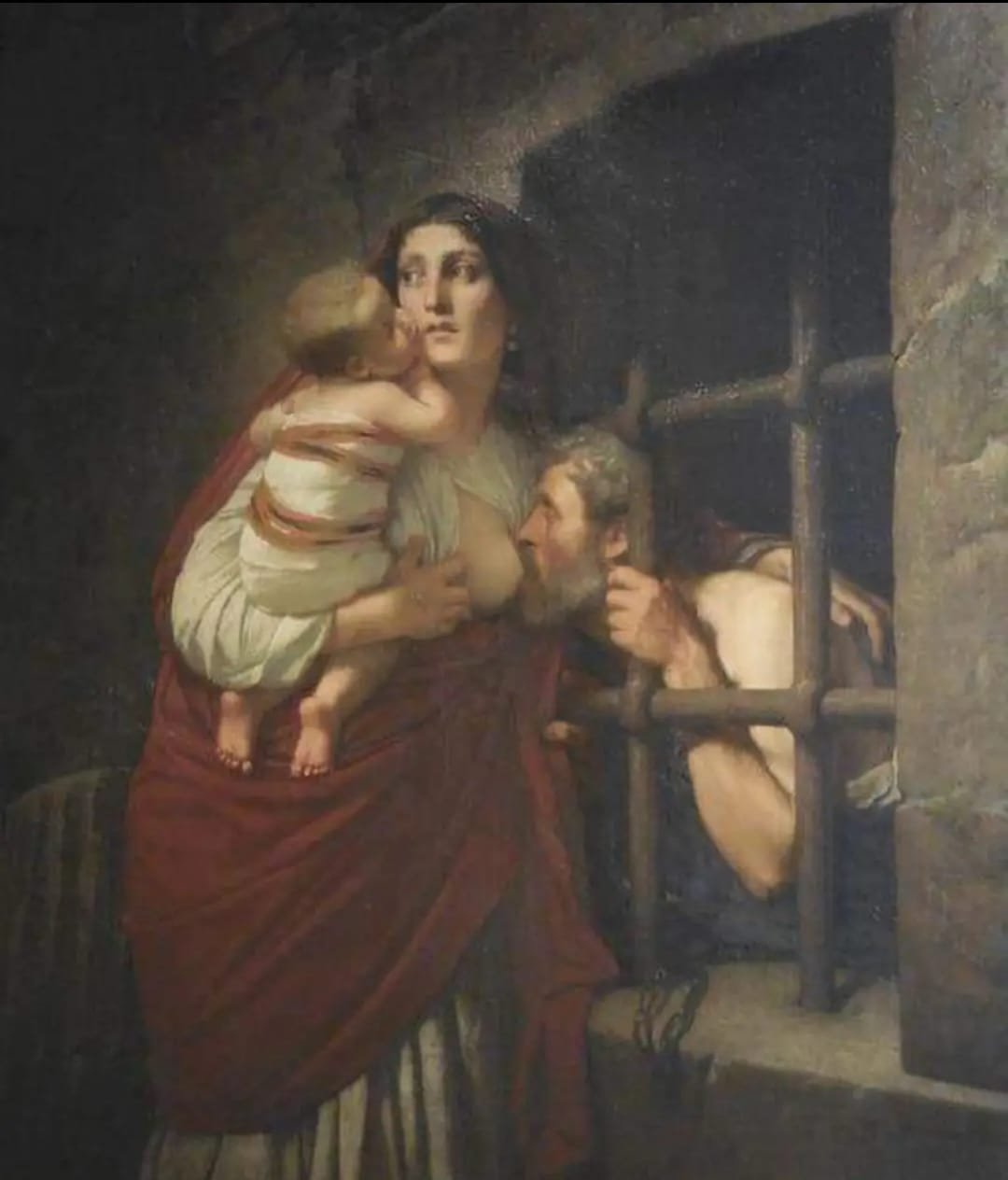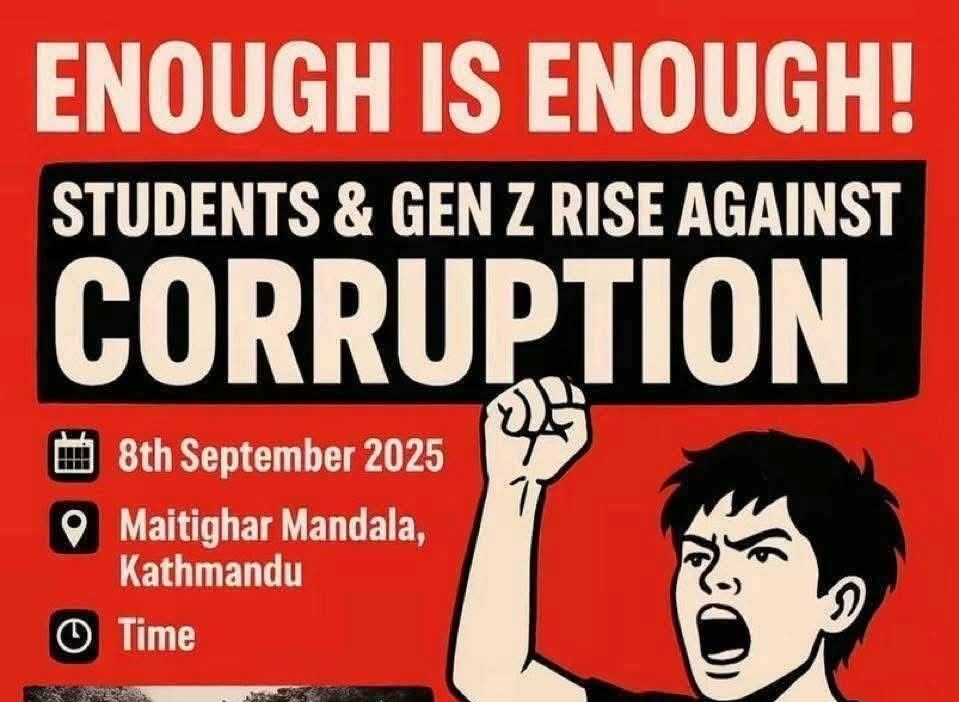Kathmandu, September 2025 — In a moment charged with symbolism, Nepal’s Chief of Army Staff, General Ashok Raj Sigdel, addressed the nation this week against a backdrop that stunned many viewers: a portrait of Prithvi Narayan Shah, the 18th-century monarch who unified Nepal.
For a country already in political flux after the resignation of Prime Minister K. P. Sharma Oli and the rise of youth-led protests, the image has sparked a national debate. Is the monarchy — long buried — once again rising in Nepal’s political imagination?
The Father of the Nation
Prithvi Narayan Shah (1723–1775), the King of Gorkha, is revered as the architect of modern Nepal. Through military campaigns and diplomacy, he united dozens of small principalities into a single Himalayan kingdom. His legacy is not just territorial — his vision of a strong, self-sufficient nation remains celebrated, especially his famous dictum: “Nepal is a yam between two boulders” (referring to India and China).
Displaying his portrait during a national crisis is no small gesture. To many, it felt like a reminder of unity and strength in times of chaos. To others, it looked like a subtle nod to Nepal’s monarchical heritage.
Why Now?
Nepal has been reeling from weeks of Gen-Z protests, triggered by corruption scandals and government censorship. With Oli’s resignation and debates over Sushila Karki’s possible appointment as interim Prime Minister, the public mood is restless.
Against this backdrop, Prithvi Narayan Shah’s stern gaze behind the Army Chief appeared almost like a silent call to order — a symbol of strong, centralized authority in contrast to today’s fractured politics.
Public Reaction
Royalist Sentiment: For monarchist groups, the image was a gift. Social media lit up with hashtags calling for the monarchy’s return, framing Shah’s portrait as a “sign” of Nepal needing its royal guardian once again.
Republican Voices: Supporters of the republic dismissed the uproar, arguing that Prithvi Narayan Shah is a historical figure, honored as the nation’s unifier, not as a symbol of present-day royal revival.
The Youth Factor: Interestingly, many young protesters saw the image not as pro-monarchy but as a reminder of national unity — a contrast to the self-serving squabbles of modern politicians.
The Army’s Subtle Messaging?
The Nepali Army’s relationship with the monarchy is deeply historic. For centuries, it served the Shah kings, only transitioning to republican allegiance after 2008. By standing before Prithvi Narayan Shah’s portrait, General Sigdel inevitably invited speculation:
Was it mere tradition, as Shah is still hailed as the “Father of the Nation”?
Or a carefully crafted message, suggesting that Nepal must draw inspiration from its royal past to overcome its present chaos?
The Army has not clarified, leaving the nation to interpret the symbolism on its own.
Monarchy: Reality or Nostalgia?
The revival of monarchy remains constitutionally improbable. Nepal declared itself a republic in 2008 after a bloody civil war, and returning to kingship would require rewriting the nation’s political system.
Yet, the renewed attention shows that in moments of instability, symbols matter as much as policies. Prithvi Narayan Shah’s portrait has re-ignited conversations about national identity, unity, and leadership — whether or not it signals an actual royal comeback.
Will the monarch rise again in Nepal?
The image of Prithvi Narayan Shah behind the Army Chief may not change the constitution, but it has already reshaped the conversation. At a time of crisis, Nepal is once again looking to its past in search of answers for its future.












